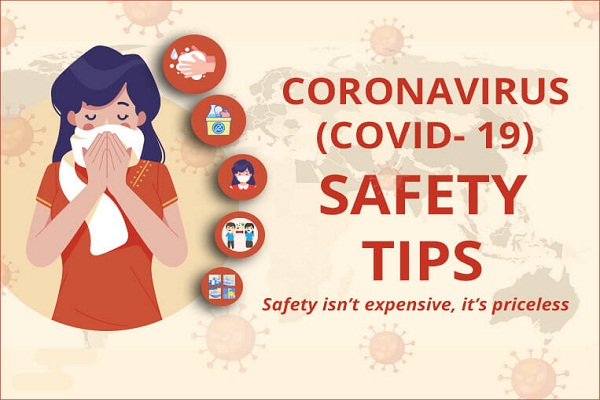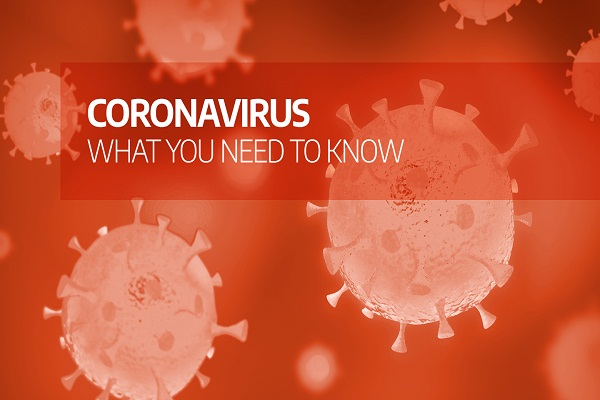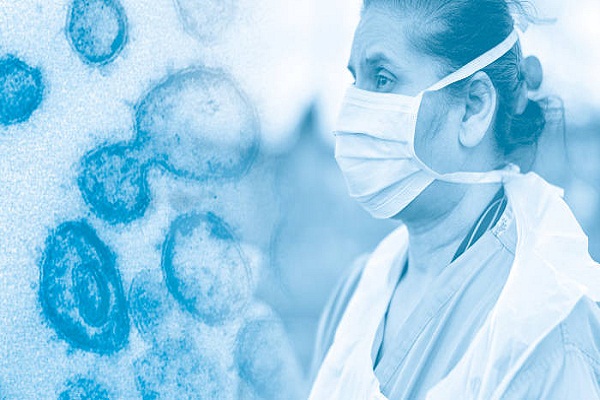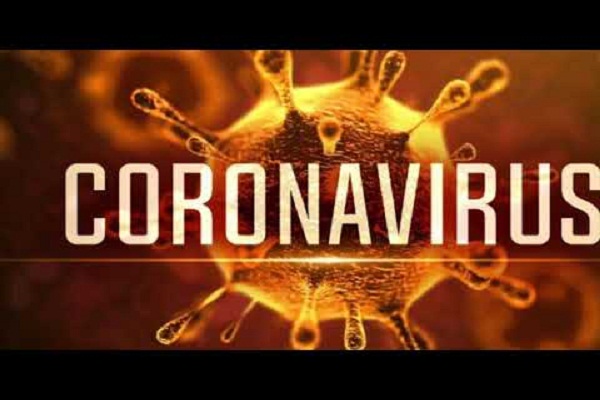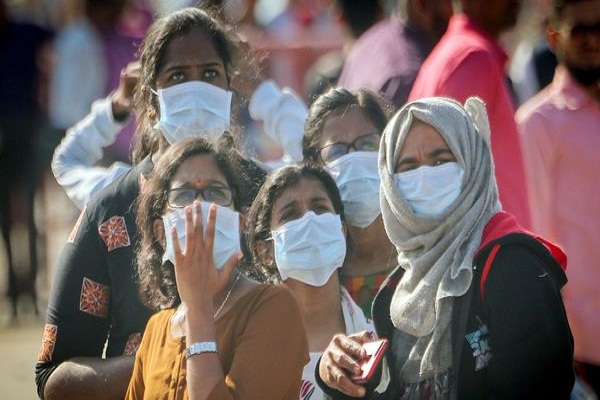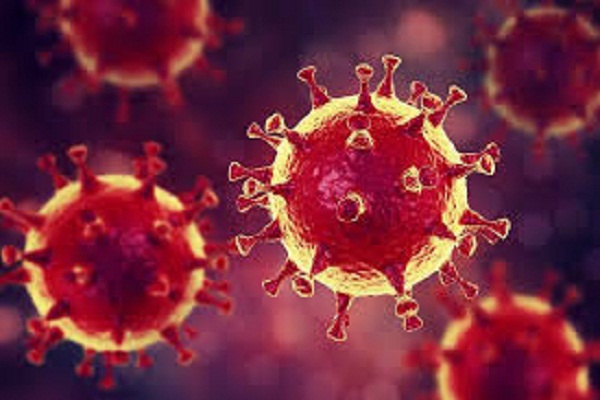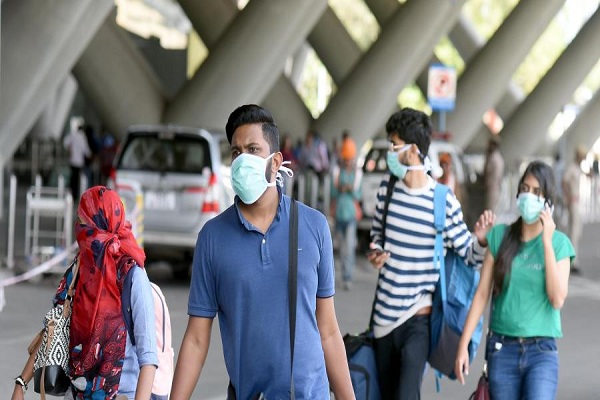
WHAT IS OSTEOPOROSIS?
Osteoporosis is a condition in which bones become weak and brittle. It occurs when the body loses too much bone tissue and new bone creation doesn’t keep up with old bone removal. Many people have no specific symptoms until they have a bone fracture.

It is more common in women post-menopause but due to faulty diet and lack of exercise, it’s affecting women in the late 30s as well. Many women experience pain, disability & diminished quality of life as a result of having this condition.

ARE YOU AT RISK?

WARNING SIGNS

Osteoporosis is a completely preventable disease. The earlier women think about maintaining their bone mass & take the steps to do so, the better their health will be in the long run. There are no typical signs and symptoms of early bone loss but once osteoporosis has set in it can present with chronic debilitating back pain, a stooping posture, and fractures that occur on minor trauma.
THE MODIFIABLE RISK FACTORS INCLUDE:
1. Low calcium & vitamin D in taking in the diet
2. Inadequate physical activity
3. Cigarette smoking
4. Early menopause & 45 years
5. Alcoholism
PREVENTING OSTEOPOROSIS- LIFESTYLE
MODIFICATION
“You can’t stop time but you can stop osteoporosis”
Prevention of osteoporosis starts in adolescents, by having a healthy diet & a good amount of exercise.
Adequate calcium and Vitamin D intake in the diet-
It is important to have both of these in the diet in persons of any age, particularly in childhood as the bones are maturing & are essential in prevention as well as treatment of osteoporosis later in life. Vitamin D remains the key factor in the overall bone health.
Good dietary sources of calcium include dairy products like milk & cheese, nuts, sardines, sunflower seeds, tofu, and vegetables. Good dietary sources of Vitamin D include eggs, liver, butter, fatty fish & fortified food like milk, cereals, cooking oil.
Physical therapy, Regular Exercise-
Regular weight-bearing exercises are essential for the maintenance of bone mass & it should be encouraged early in life. Exercise also improves posture, balance, and flexibility. It helps in strengthening the muscles and prevents falls especially in the elderly.
Aerobics low impact exercises like walking and cycling for 3 – 5 sessions a week, (each session lasting for about 45-60 mins) is generally recommended for improving posture and overall physical fitness. Maintaining a normal body weight:
Frail built individuals are more prone to bone loss, maintaining healthy body weight is integral to bone health. A healthy BMI score is between 20 and 25.
Quit smoking-
Smoking lowers estrogen levels in both men and women. Estrogen hormone
plays a vital role in bone health. It is important because it helps the bones to hold calcium and minerals that makes our bones strong. At menopause, the estrogen hormone drops in women & this puts her at risk for osteoporosis, smoking increases the risk even more.
Reduce Alcohol intake:
Drink less for healthy bones. Studies suggest that heavy drinking, especially during adolescence & young adult years can drastically affect the bone health & increases the risk of osteoporosis later in life.
(Disclaimer: The author is Preety Tyagi, Lead Health Coach and Founder of MY22BMI. Views expressed are a personal opinion.)
Be a part of Elets Collaborative Initiatives. Join Us for Upcoming Events and explore business opportunities. Like us on Facebook , connect with us on LinkedIn and follow us on Twitter , Instagram.
"Exciting news! Elets technomedia is now on WhatsApp Channels Subscribe today by clicking the link and stay updated with the latest insights!" Click here!






